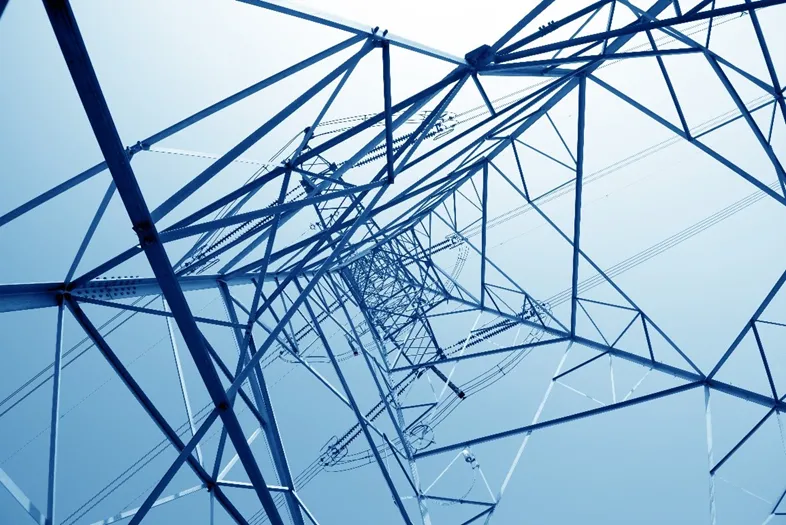
The energy transition period has placed electricity at the centre of ambitious European policies which target the decarbonisation objectives set for 2030 and 2050. In order to achieve this, the grid which enables the electricity transportation from where it is generated to where it is demanded has become relevant in terms of its necessary development under efficiency and sustainability criteria.
Energy is transported through power lines which, in the case of aerial power lines, require transmission towers which hold them along their route. These transmission towers are not simple structures, given their characteristics, they also allow:
- The connection between the multiple nodes which compose the network, leading the conductors throughout the national territory.
- The correct conductor’s arrangement so that they do not mean any risk to their surroundings.
- Network operation with greater resilience, flexibility and ease, given the height, so that conductors can expand and contract.
The national transmission grid has nearly 47,000 kilometres of aerial power lines, hold by a large number of transmission towers. Given their importance, Redeia (parent company of Elewit and Red Eléctrica, a company dedicated to the transmission and operation of electricity in Spain) considers seeking the most efficient way to manage these transmission towers essential.
Given this purpose the ANISOPTER project was born, a disruptive innovation project promoted by Elewit in collaboration with ANISOPTER INSIGHTFUL RESEARCH and Red Eléctrica that proposes the study of the structural connection elements developed by ANISOPTER for their application in the transmission towers of high-voltage power lines. This way, if they are finally verified as a feasible solution, this project could open the door to new design alternatives for these assets.
Although there are many different types, the transmission towers are made up of a lattice bar structure, as well as the elements that join them, each of them being a valid solution to support the effort involved when holding their respective power line. If a new joint element were to be found that could support this structure, the design of new types of transmission towers which would require fewer materials could be studied.
Instead of suggesting the traditional design based on braced and angled lattices, ANISOPTER would propose, in case its solution is adapted to the requirements of the transmission towers, different triangulated topologies based on nodal structures that would make the fabrication and installation of the transmission towers more affordable and versatile. Based on the concept of structures called Anisogrid.
Among the benefits of this innovative design for the improvement of the sustainability and efficiency of the transport network are the use of less space for the placement of the transmission towers; lower manufacturing, installation and maintenance costs and a lower visual impact on the territory.
Furthermore, this initiative is aligned with Redeia's 2021-2025 Strategic Plan, as it aims to minimise the environmental and social impact of new aerial high-voltage power lines. The results of the project could be used to study how to compact powe lines, reducing both the size and weight of the transmission towers and their foundations, using more efficient structures.
How does the project contribute to the energy transition?
Considering the current context of grid development in order to optimise our country's renewable potential and supply improvement, the research and study of new alternatives that allow maximum use to be made of eco-sustainable elements are key points, so that their implementation can be carried out with the least possible environmental impact. This way, as new generation and distribution agents are included in the transmission grid, it will be necessary to establish new connections between all the new points that make up the grid.
What is the current status of the project?
The solution is currently being analysed technicallly and economically which, once completed, laboratory validation tests will begin.